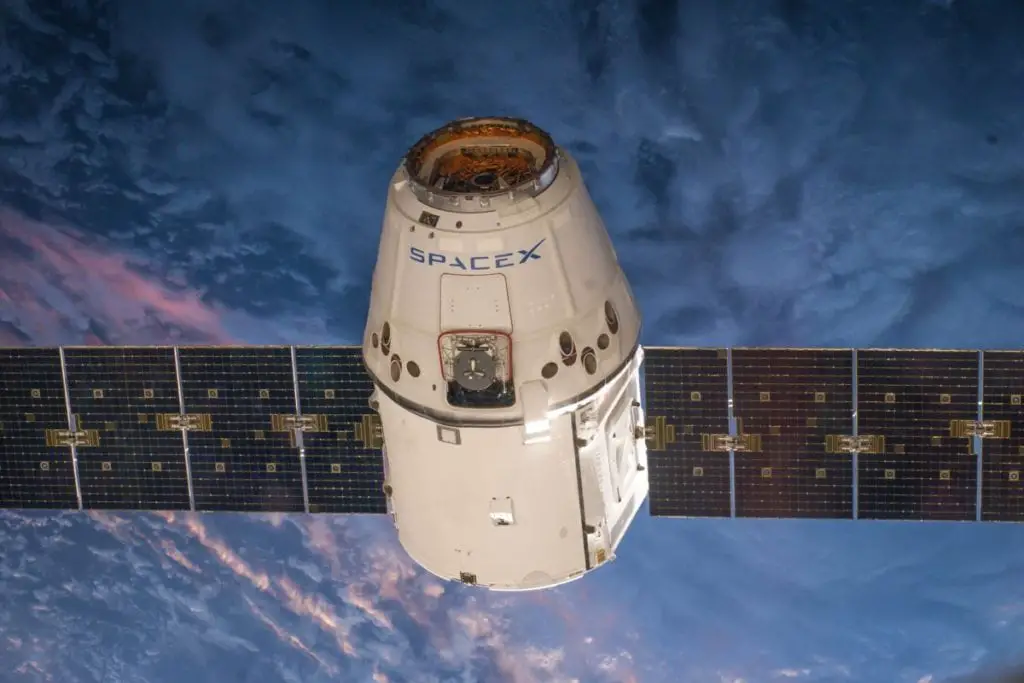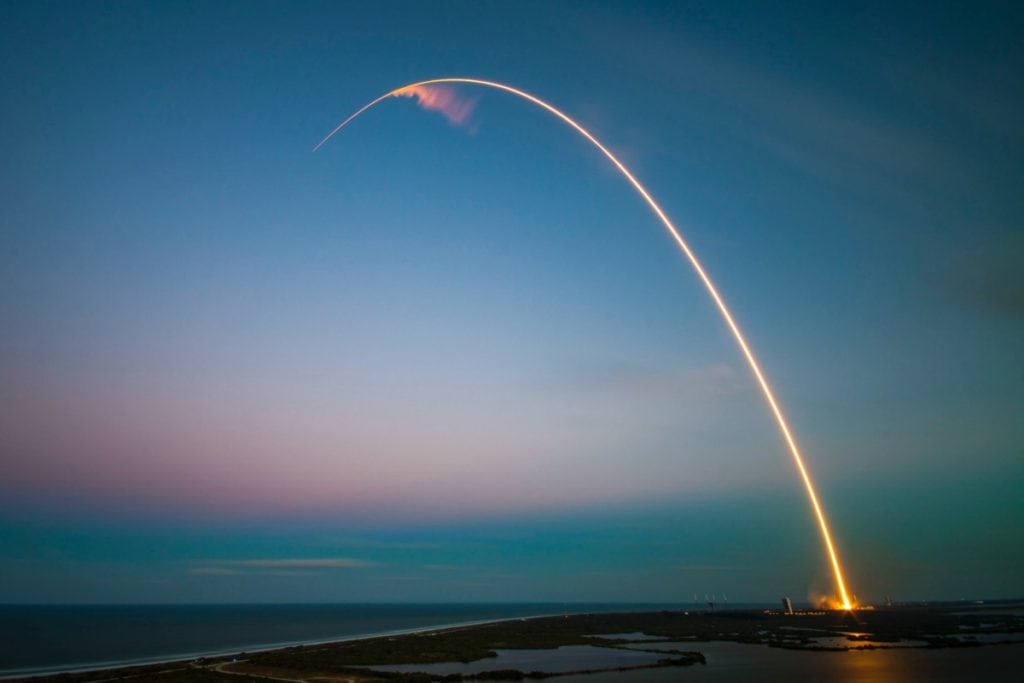The journey beyond the stars, or rather our star (the sun) will understandably be no easy feat, but our innate desire to explore has pushed us further than ever. Beginning with the Pioneer 10, NASA has achieved tremendous progress in sending exploration probes out of the solar system into interstellar space. And now, it’s our turn.
Here are 5 companies that are leading the way to interstellar space, one innovation at a time.
- Jet Propulsion Laboratory
- Breakthrough Initiatives
- Axiom Space
- SpaceX
- Virgin Galactic
- Blue Origin (Honorary Mention)
Let’s take a look at what each of these organizations bring to the interstellar spacefaring game.
1. Jet Propulsion Laboratory (NASA)
The name of NASA (National Aeronautics and Space Administration) should be foreign to few, but the brains behind the operations often don’t receive the recognition it warrants.
JPL or the Jet Propulsion Laboratory is NASA’s research and development centre for robotic space exploration and earth science missions.
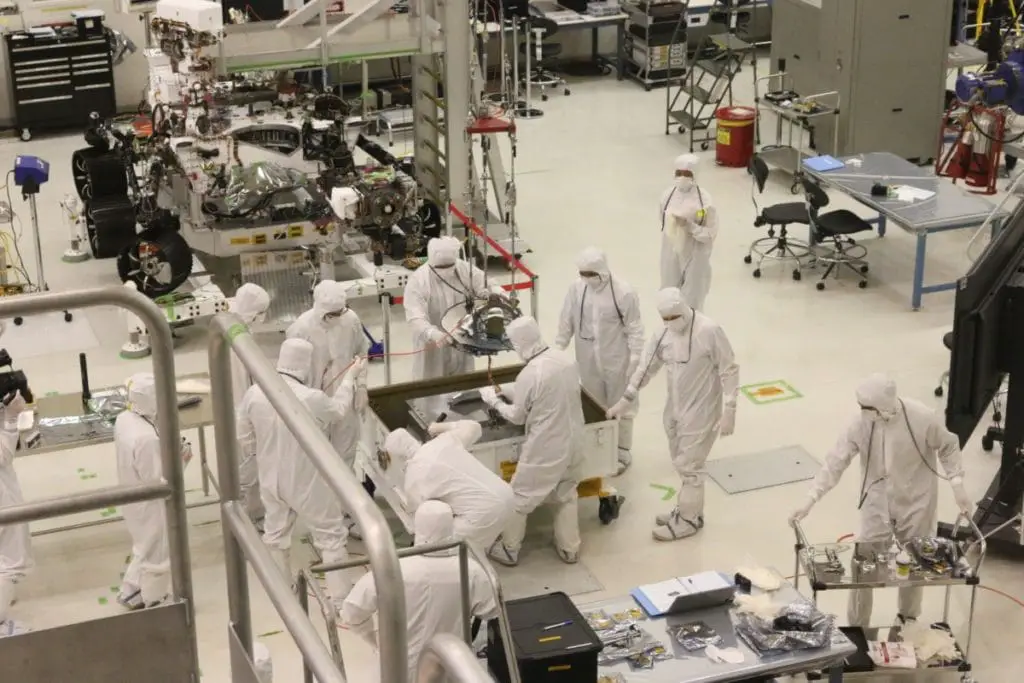
This laboratory was responsible for not only the Voyager 1 mission, which is the most distant human-made object in existence, but it’s also about to undertake the mission to Mars with the Perseverance Rover, whose primary purpose will be to investigate a region of Mars where its ancient environment might have been favorable for life.
The retrieval of such specimens could be analyzed for evidence of past life on Mars, but it more importantly could provide insights on the possible hazards for future human missions. Such knowledge is imperative as the colonization of Mars could become a crucial launch pad for future interstellar space missions.
But that’s not all. Scientists at JPL are also experimenting with different propulsion methods that could possibly accelerate space travel by a factor of 10! (Discover Magazine)
John Brophy has since the late 1970s been developing a different type of rocketry known as ion propulsion. This method utilizes electric power to shoot positively charged atoms (ions) out of a thruster at high velocity, which could achieve much greater velocity than our conventional chemical combustion. More importantly, the ion engine could be run on power generated from solar panels, which in view of the rocket equation means no onboard fuel tanks are needed to achieve a higher speed with less load!
The ion engine’s redeeming feature is also its only drawback, as the electricity from the solar panels becomes severely limited the further away it is from the sun. However, the Breakthrough Starshot concept by the late Stephen Hawking and Russian billionaire Yuri Milner in 2016 inspired Brophy to “replace the sun” with a high-intensity laser beam pointed at the spacecraft.
Unfortunately, this proposal only works in theory as the laser does not exist. Although downsized by Brophy, the 100-megawatt laser system would still need to generate 1000 times more power than the International Space Station and aimed precisely at the ion propelled spacecraft.
Difficult, but not impossible. “It would be by far the biggest off-world engineering project ever undertaken” concedes Brophy. But once built, this array could be used many times over as an all-purpose rocket booster.
Let’s look forward to a new age of space travel!
2. Breakthrough Initiatives
Breakthrough Initiatives is a suite of space science programs funded by Julia and Yuri Milner with the goals to “explore the universe, seek scientific evidence of life beyond Earth, and encourage public debate from a planetary perspective” (Breakthrough Initiatives).
During the public launch announcement in 2015, even the late Stephen Hawking expressed its support for the program: “In an infinite universe, there must be other life. There is no bigger question. It is time to commit to finding the answer.”
The Breakthrough Initiatives consists of 5 projects to investigate the fundamental questions of life in the Universe.
Breakthrough Listen
With an aim to find evidence of civilization beyond Earth, this program includes a survey of the 1 million closest stars to Earth throughout the entire galactic plane and beyond the Milky Way – listening for messages from the 100 galaxies closest to us.
Breakthrough Starshot
The concept of Starshot consists of a ground-based light beamer pushing ultra-light nanocrafts (miniature space probes attached to light sails) to a speed of 100 million miles an hour. Such speeds would allow a flyby mission to reach Alpha Centauri in just over 20 years while sending home images and scientific data of any planets in between (Starshot).
However, before these missions can become reality, there are numbers of engineering challenges remain to be solved. The construction of a Gigawatt capable laser to power the nanocrafts is only the tip of the iceberg.
Breakthrough Watch
The Watch program aims to identify and characterize Earth-sized, rocky planets within 20 light-years of Earth to search for signatures of life (Watch).
Serving as the bridge between Breakthrough projects, an observed habitable planet would become targets for Starshot, and inhabited planets become prime interests for Listen.
Breakthrough Message
This project takes on a form of an international competition with a prize pool of $1,000,000 to encourage the creation of a message that’s best representative of humanity and planet Earth.
Although Breakthrough Initiatives have no current plans to send the message, this project hopes to encourage global discussion on the ethical and philosophical issues of contacting advanced civilizations.
Breakthrough Discuss
Perhaps the simplest but most important of all, Breakthrough Discuss is an annual academic conference focused on “life in the Universe and novel ideas for space exploration” (Discuss).
3. Axiom Space
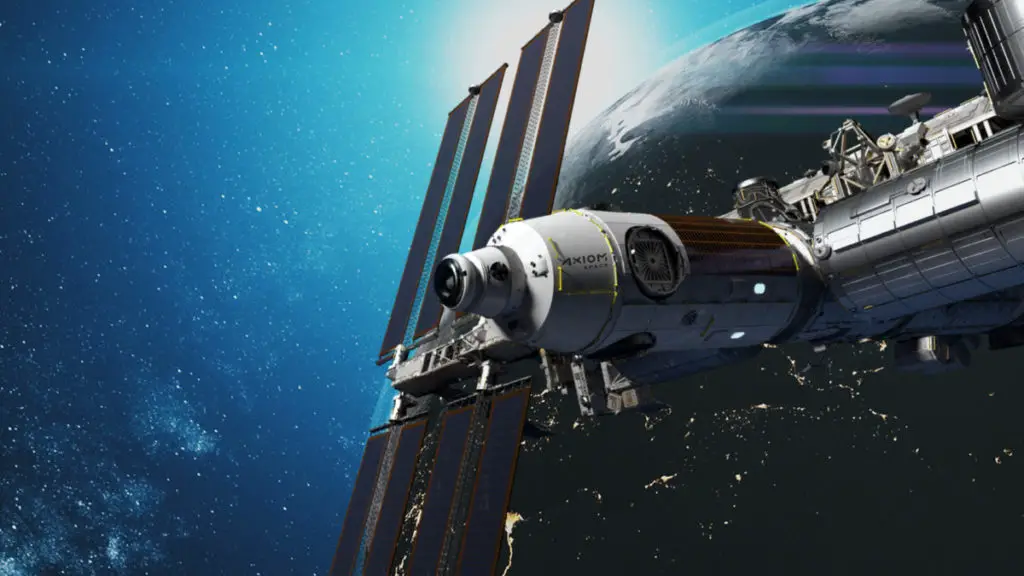
Image by Axiom Space 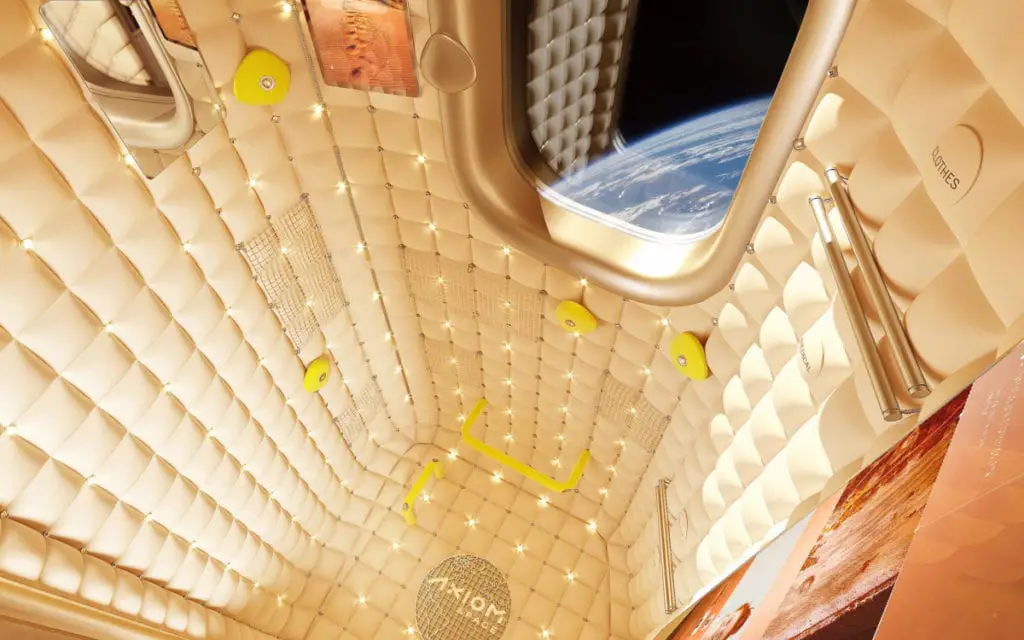
Image by Axiom Space
Founded in 2016, the American privately funded company aims to create the commercial infrastructure necessary to push humanity forward in space.
With a goal to become the leader in direct access to low-Earth orbit, Axiom is planning commercial missions to the ISS in 2021 and is en route to owning the world’s first commercial space station to replace the ISS after its retirement.
Axiom states that this platform will “serve as humanity’s permanently growing home, scientific and industrial complex in low earth orbit – the cornerstone of human activity in space”.
With the leadership team at Axiom largely comprised of former NASA employees and astronauts, they hold an extremely advantageous position over other Space companies as its core members will have learned from the mistakes of the ISS. This gives hope to developing a space station that cost less to build, easier to maintain, and always ready for upgrades.
The Axiom Station will begin by attaching its first element to the front node of the ISS to provide modern accommodations for astronauts. And when the ISS is retired, Axiom station will complete construction and detach to operate as a free-flying complex for living and working in space.
Such commercial accessibility will not only innovate novel products and technology that could possibly supplement interstellar space travel, but also be a hub for astronauts, researchers, and space exploration organization of all spacefaring countries.
4. Virgin Galactic
Part of Richard Branson’s empire, Virgin Galactic is a British spaceflight company under the Virgin Group.

© Virgin Galactic 2019 Richard Branson wears the Virgin Galactic and Under Armour Spacesuit 
Virgin Galactic Spaceship Seats Rotated Back In Space
Virgin Galactic refers to the company as the world’s first vertically integrated commercial Spaceline (like an Airline!). Together with The Spaceship Company – an aerospace company part of Virgin Galactic – they hope to develop and operate a new generation of space vehicles to open space for everyone (Virgin Galactic).
Operating with a reusable spaceship spaceflight system, Virgin Galactic is capable of offering anyone and everyone the opportunity to become private astronauts.
With a specific focus on making research in space accessible to all scientists, Virgin Galactic seeks to inspire young people through their space-inspired STEM initiative – Galactic Unite – offering support to ensure that future generations are equipped to apply the space perspective to Earth’s greatest challenges.
The application of reusable spacecrafts aims to create a basic space access infrastructure that will serve as a catalyst for a new age of space exploration. One can only imagine the possibilities!
With hopes to serve as the foundation of the new Space Industry, Virgin Galactic plan to repeatedly demonstrate the commercial viability of spaceflights, and “the resulting economies of scale and competing technology will lead to further downward pressure on the cost of launch – enabling an ever-increasing number of users with diverse, world-changing applications” (Virgin Galactic).
5. SpaceX
Probably the most renowned private aerospace company on this list; founded by Elon Musk in 2002, SpaceX was created to reduce the cost of space transportation to enable the colonization of Mars.
Similar to the intentions of Virgin Galactic, SpaceX believes in the reusability of spacecraft/rockets as the fundamental breakthrough needed for reducing the cost of access to space. SpaceX also takes into account the necessity of carrying not only humans but cargo as well. This was well exemplified when in 2012 the Dragon spacecraft became the first commercial spacecraft to deliver cargo to and from the ISS.
Aside from the Dragon and Falcon series of spacecrafts, the true ambition of SpaceX lies with Starship – the spacecraft that once built will be first in service to bring humans and cargo to low earth orbit, the Moon, Mars, and beyond!
Here are four of SpaceX’s current and future missions for mankind.
Earth Orbit
In the near future, Dragon can fully orbit the Earth every 90min over a highly customizable flight path that could be full of meaningful landmarks to you.
Not only that, but Earth to Earth transportation will also become highly accessible. A lack of friction, turbulence, and weather disturbances will make international trips to anywhere in the world last only 30 minutes or less.
The Moon
No humans have been back to the moon since 1972, and it has become a “hot” destination amongst space-faring nations in recent years. The discovery of water/ice in its polar craters can provide so much opportunity for future missions within and beyond our solar system.
NASA has selected SpaceX to develop a lunar optimized spaceship for its Artemis program, where they aim to land the first woman and the next man on the moon by 2024. It has also been announced Starship will be eligible for the Commercial Lunar Payload Service (CLPS) initiative – to deliver payloads between Earth and the Moon, and to enable humans to return to the Moon (SpaceX).
Another mission by the name “The Starship Dear Moon Mission” also aims to bring the globally recognized fashion innovator and art curator Yusaku Maezawa as the first private lunar passenger on a fly-by around the moon in 2023.
Space Station
These series of Space Station missions might pale in comparison to what SpaceX has in store for the future, but it nevertheless is an integral part of the process.
SpaceX has been delivering cargo to and from the ISS since 2012 and will soon begin carrying crew (2020)! This includes flying both NASA astronauts and private passengers to the orbiting laboratory and other destinations in low-Earth orbit, the moon, and beyond.
Mars and Beyond
As one of Earth’s closest habitable neighbours, Mars has been under close observation as a possible target for colonization for many years.
With ice caps at its poles and the atmosphere composed primarily of CO2 with some nitrogen, argon and other trace elements, we can grow plants on Mars just by compressing the atmosphere.
SpaceX aims to leverage the H20 and CO2 available to refuel its Starship and Super Heavy Rocket to create a reusable transportation system capable of on-orbit refueling.
Honorary Mention: Blue Origin
Not to say this company has not achieved remarkable things for the Space industry, but despite its ferocious background, the Jeff Bezos-owned Aerospace Company does not bring anything new to the table.
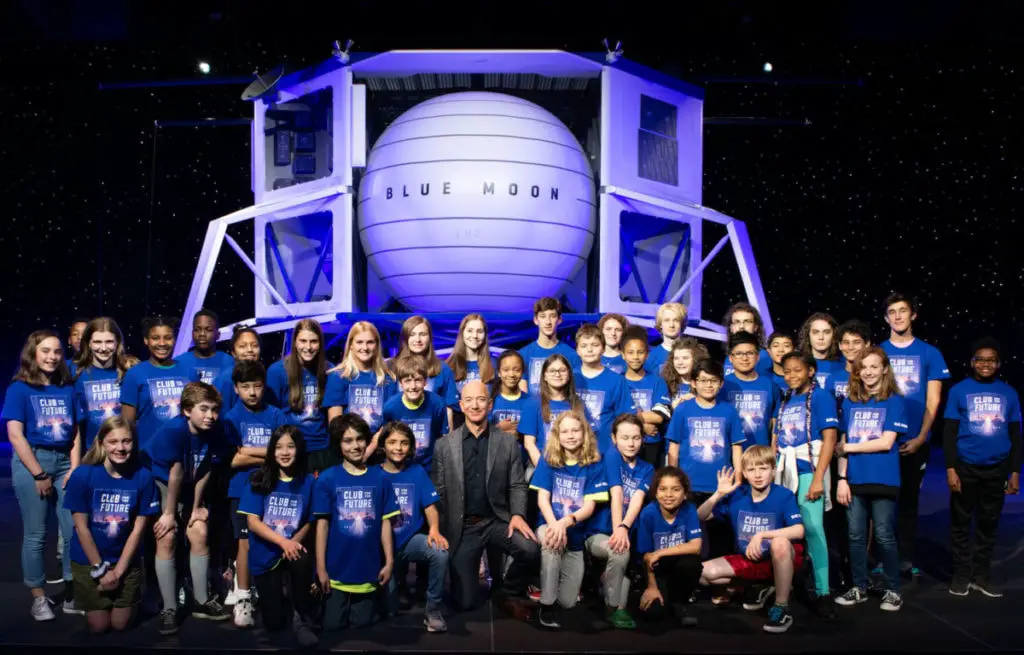
Image by Blue Origin 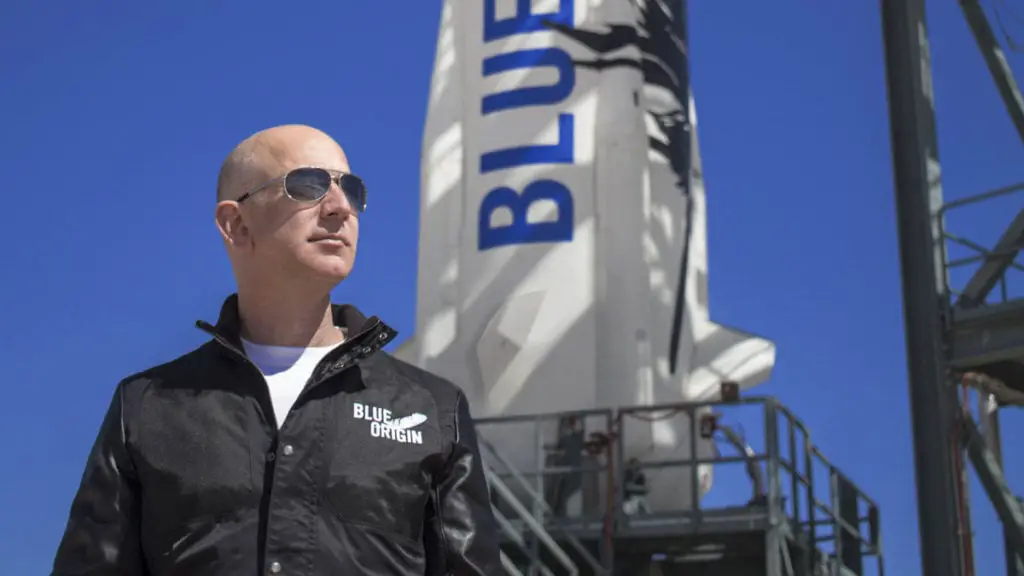
Image by Blue Origin
The emphasis on reusability, safety, and reliability for spacecrafts is a must for humans to take the next step into becoming a true spacefaring species, but that’s just it. Everything Blue Origin has done or aims to do pales in its ability to innovate compared to the companies mentioned above. Whether it be back to the moon with Project Blue Moon or reusable rockets for suborbital and orbital flights.
If I dare say it, with the resources available to Blue Origin, there are bigger dreams to have.
But understandably, the mission statement of Blue Origin – “Step by Step, Ferociously” – brought to view its vision in taking things slow. “It is an illusion that skipping steps get us there faster. Slow is smooth, and smooth is fast” (Blue Origin).
Although this does make one wonder what the space industry really needs. Of course, a slow and steady, step by step approach is needed to create an industry that understands the responsibility of sending human lives into space. But who are we kidding, that is only step one, and everyone is on board. What we instead need are leaders that are not scared to dream, the leaders that are willing to take small actionable steps into building a foundation, and inspire future generations to dream bigger than we ever could.
The future belongs to those who believe in the beauty of their dreams.
Eleanor Roosevelt

